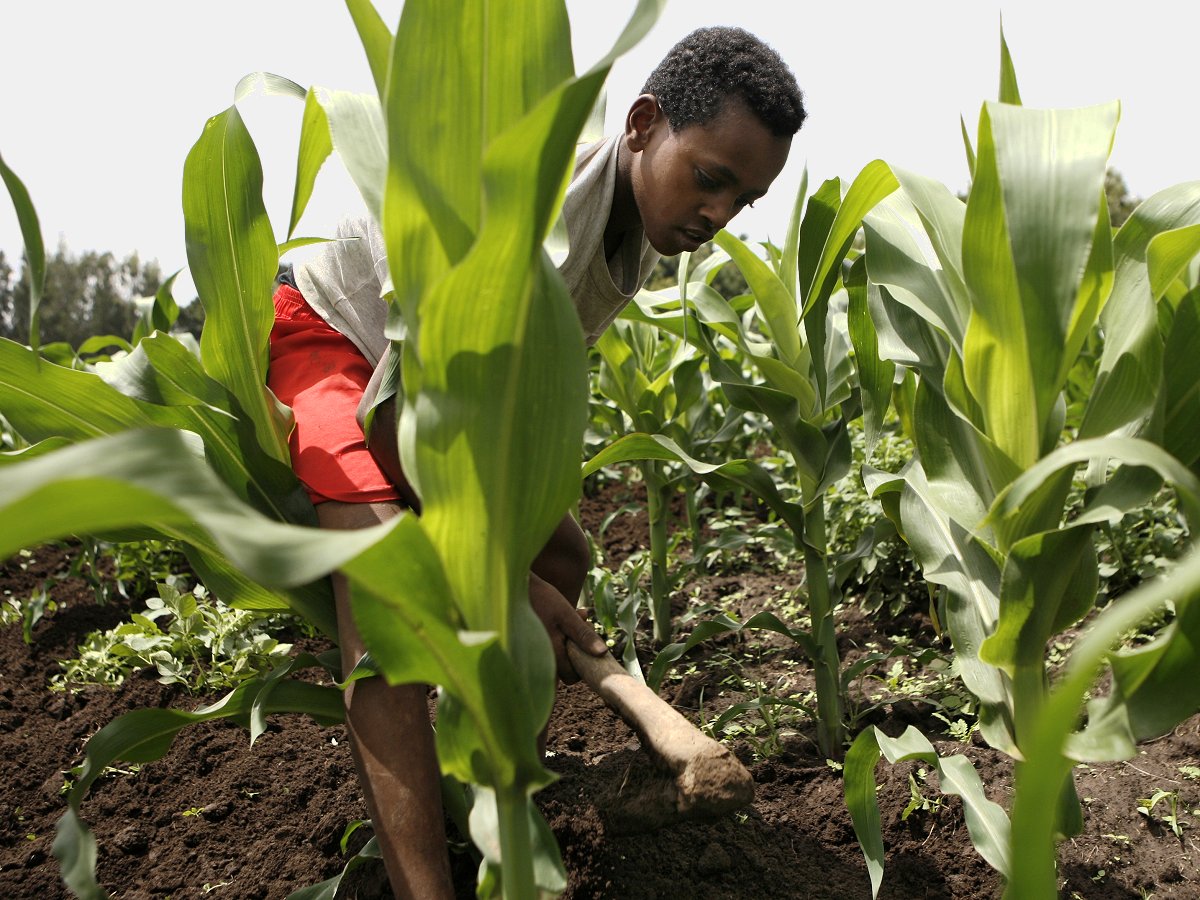
Humanitarians and the insurance industry: Addressing the human impact of climate change together

British Red Cross and Climate Centre experts shared insights on how the private sector and especially insurance can sharpen humanitarian effectiveness as part of a new report unveiled online Monday by the UK-based Aon insurance company, Innovating to address emerging global risks and volatility.
They argued that finance for climate adaptation needs to grow by a factor of at least six by 2030 from what’s provided publicly now to be anything like adequate.
Countries also need support in dealing with the increasing impacts already happening today.
“Insurance is one instrument that can help address some of these needs,” said the BRC’s Executive Director of International, Richard Blewitt, and consultant Edward Cameron, with Climate Centre Director Maarten van Aalst and its Head of Policy and Partnerships Carina Bachofen, in a jointly authored chapter.
They also cited “promising new developments to enabling greater collaboration between the private and public sectors in…climate risk management”, including the Crisis Lookout Coalition and the Risk-informed Early Action Partnership.
While public funding was allocated to countries facing the highest levels of risk it was not “consistent or proportional with needs”, and IFRC research had shown that none of the 20 countries most vulnerable to climate-related disasters were among the 20 highest recipients per head of finance for adaptation.
‘With the right focus, larger insurance tools
could be developed to support humanitarian
response to the climate crisis’
The Red Cross Red Crescent chapter argues that there is now “a huge opportunity to strengthen the resilience of communities and countries by adapting business practices, even if with tools that yet “remain small-scale or nascent”.
These included “[i]nnovative finance, blended finance, insurance, [environmental, social and corporate governance], socially responsible investment, and impact investing as well as traditional official development assistance”.
In a foreword, William Russell, the Lord Mayor of the City of London, which supported the Aon report, said: “The Covid-19 pandemic has, like few other events in recent history, brought home the message to people, businesses and governments across the planet that risk always looms in the background [and] reminded us of the global nature of many of our most challenging risks and how quickly they are changing.”
As a result many social and business models “changed sharply, and much of our lives went online. An already complex landscape became even less certain.”
He added that in the run-up to COP 26, “addressing the key challenge of our time – climate change – will shift the kaleidoscope again over the next decade, with new responsibilities for protecting newly vulnerable societies and livelihoods.”
Complementary skills
The Red Cross Red Crescent contribution argued that whilst insurance was a viable solution in many situations, “its limitations and the learnings must be recognized, understood and addressed.”
An even more important interface between the insurance sector and the humanitarian world may be complementary skills: the expertise of both governments and insurance companies in dealing with hazards “should be married with the humanitarian sector’s knowledge of community resilience and vulnerability…to form a more holistic and effective humanitarian response.”
IFRC early action protocols, for example, could be enhanced by expertise from “academics, government agencies [and] the insurance industry,” as part of a two-way exchange aimed and better planning and adaptation.
They conclude: “With the right focus, larger and more appropriate insurance tools could be developed to support humanitarian response to the climate crisis.”
A man works in his maize field in a village in southern Ethiopia, where some farmers are protecting themselves against weather extremes through index insurance. The Ethiopian government and the World Food Programme have been developing a index that reflects crop losses at different stages of the growing season if rains fail, helping bridge the gap between early warning and early action, the IFRC’s World Disasters Report said. (Library photo: José Cendón/IFRC)